Fudan University researchers develop polymer with metal backbone
Green Car Congress
FEBRUARY 13, 2023
Researchers at Fudan University have developed a polymer with a metallic backbone that is conductive, thermally stable, and has interesting opto-electronic properties. Polymers with a metal backbone could combine the advantages of both types of material and open routes to materials with novel functionality. Resources Zeng, K.,





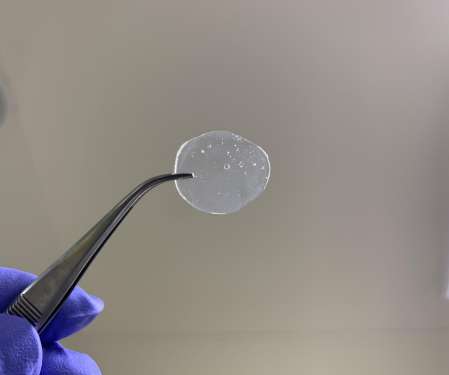



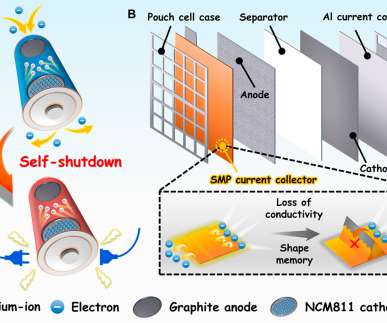
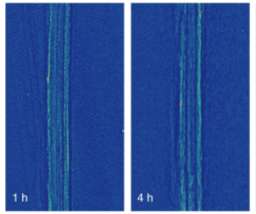




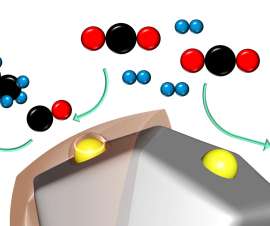









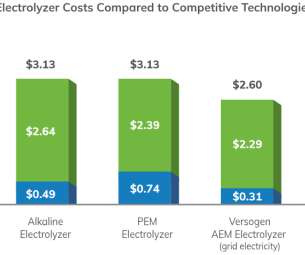
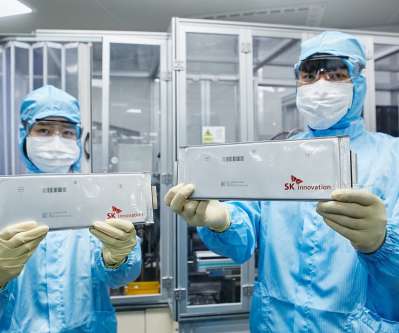

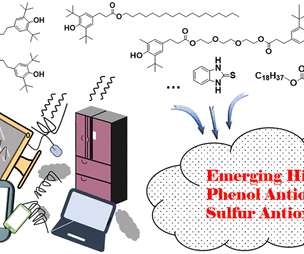



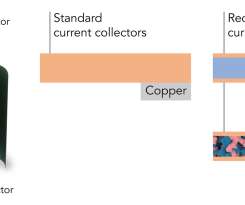
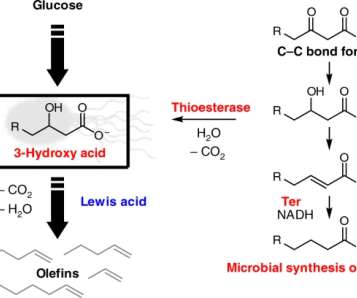

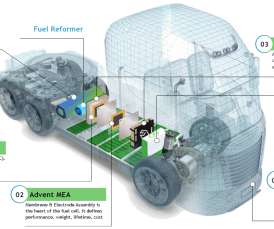
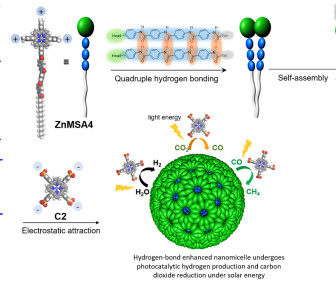








Let's personalize your content